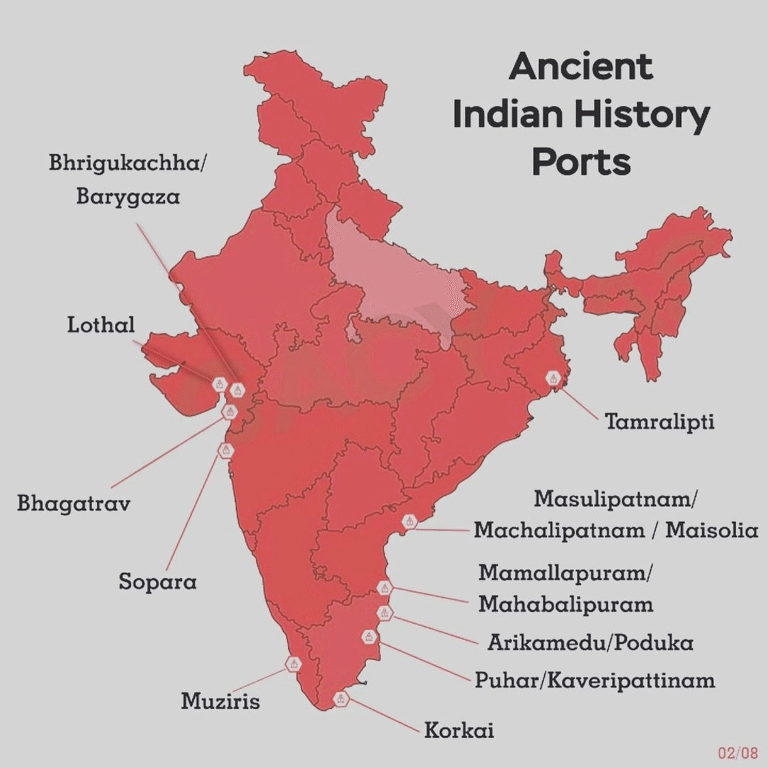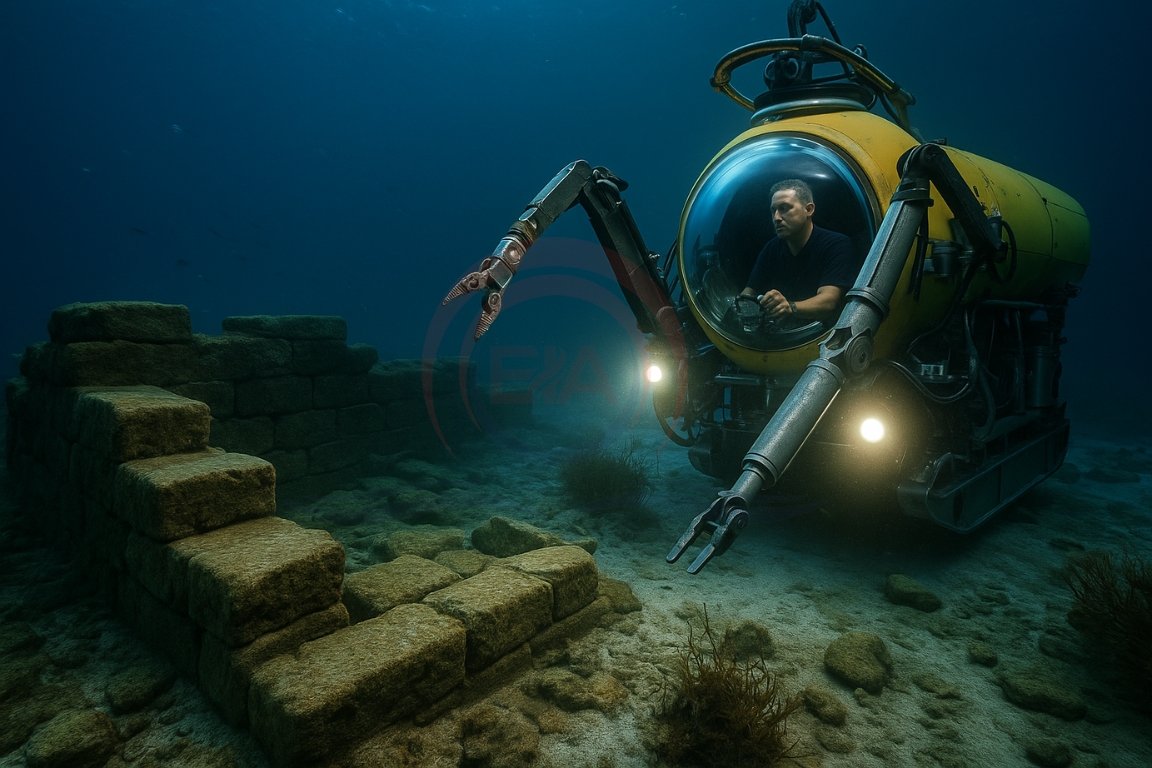The Tamil Nadu State Department of Archaeology will begin underwater exploration this September between Poompuhar and Nagapattinam. The study aims to trace submerged remains and highlight Tamil Nadu’s maritime history.
About the Exploration
- Conducted by: Tamil Nadu Archaeology Department with support from:
- Indian Maritime University (IMU)
- National Institute of Ocean Technology (NIOT)
- National Institute of Oceanography (NIO)
- Timeline: To begin in the second week of September 2025 (chosen due to favourable sea conditions).
- Clearance: Proposals submitted to the Central Advisory Board of Archaeology.

Past Underwater Discoveries near Poompuhar
- 1980s (NIO surveys): Detected structures at depths of 20–30 m.
- 1990: Shipwreck discovered near Vanagiri (depth 19.5 m).
- 1991–1993 explorations: Found brick formations and man-made structures underwater.
- 2004 (INS Darshak survey): Identified a U-shaped structure at 23 m depth. Retrieved remains of a Dutch ship sunk by the British in the late 18th century.
- Recently: ASI restarted underwater research off Mamallapuram coast after nearly 20 years.
Deep-Sea Exploration Programme:
- Scientific study of submerged heritage, shipwrecks, seabed structures, and marine ecosystems.
- Methods Used: Geophysical surveys (sonar, magnetometers). Diving and submersible studies. Remote sensing and seabed mapping.
Importance:
- Helps trace ancient maritime trade and submerged settlements.
- Preserves underwater cultural heritage.
- Provides data on climate and sea-level changes in history.
HISTORICAL SIGNIFICANCE OF POOMPUHAR PORT
- Also known as Kaveripoompattinam, it was the capital of the early Cholas.
- Flourished as a major port city from Sangam age (early centuries CE).
- Mentioned in Tamil epics like Silappatikaram and Manimekalai.
- Known for trade with Southeast Asia, Rome, and other regions.
- Declined due to floods, sea erosion, and invasions, with much of it believed to be submerged.
- Nagapattinam nearby also grew into an important medieval maritime hub with international trade links.
Conclusion:
The upcoming underwater survey between Poompuhar and Nagapattinam seeks to unlock valuable insights into Tamil Nadu’s maritime heritage. By combining modern deep-sea exploration techniques with historical research, the project may help reconstruct India’s ancient role in global trade networks and enrich our cultural understanding.





